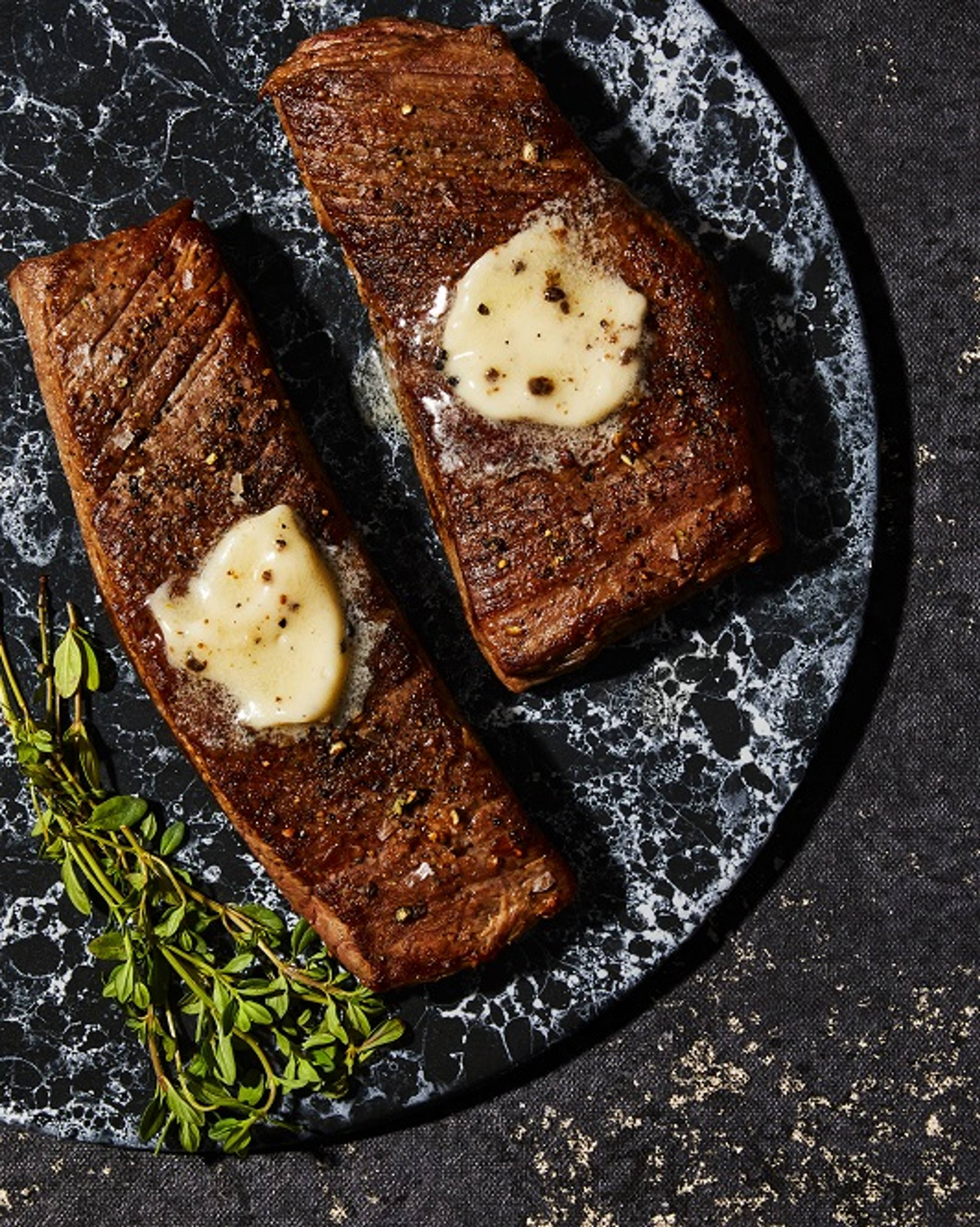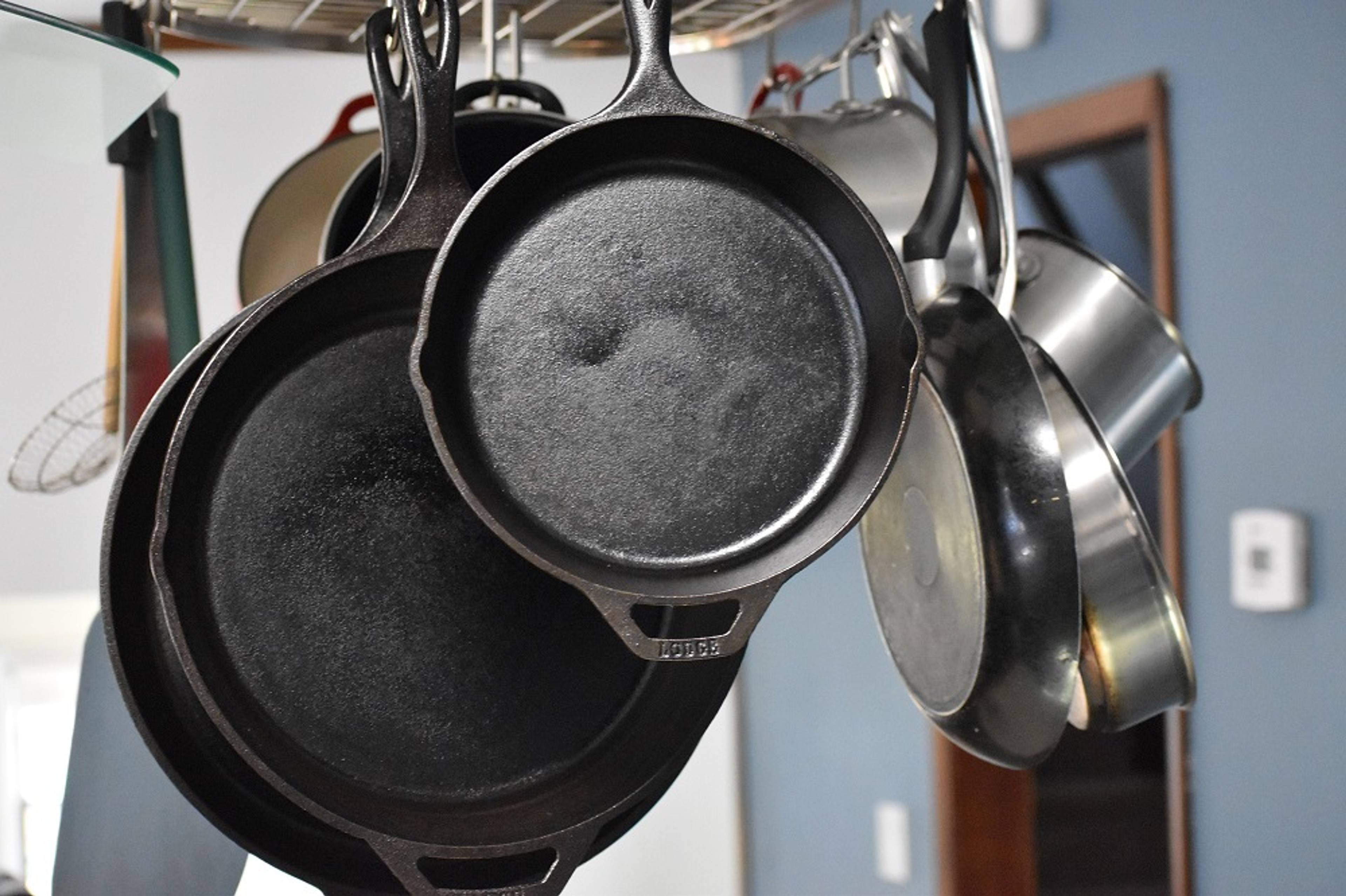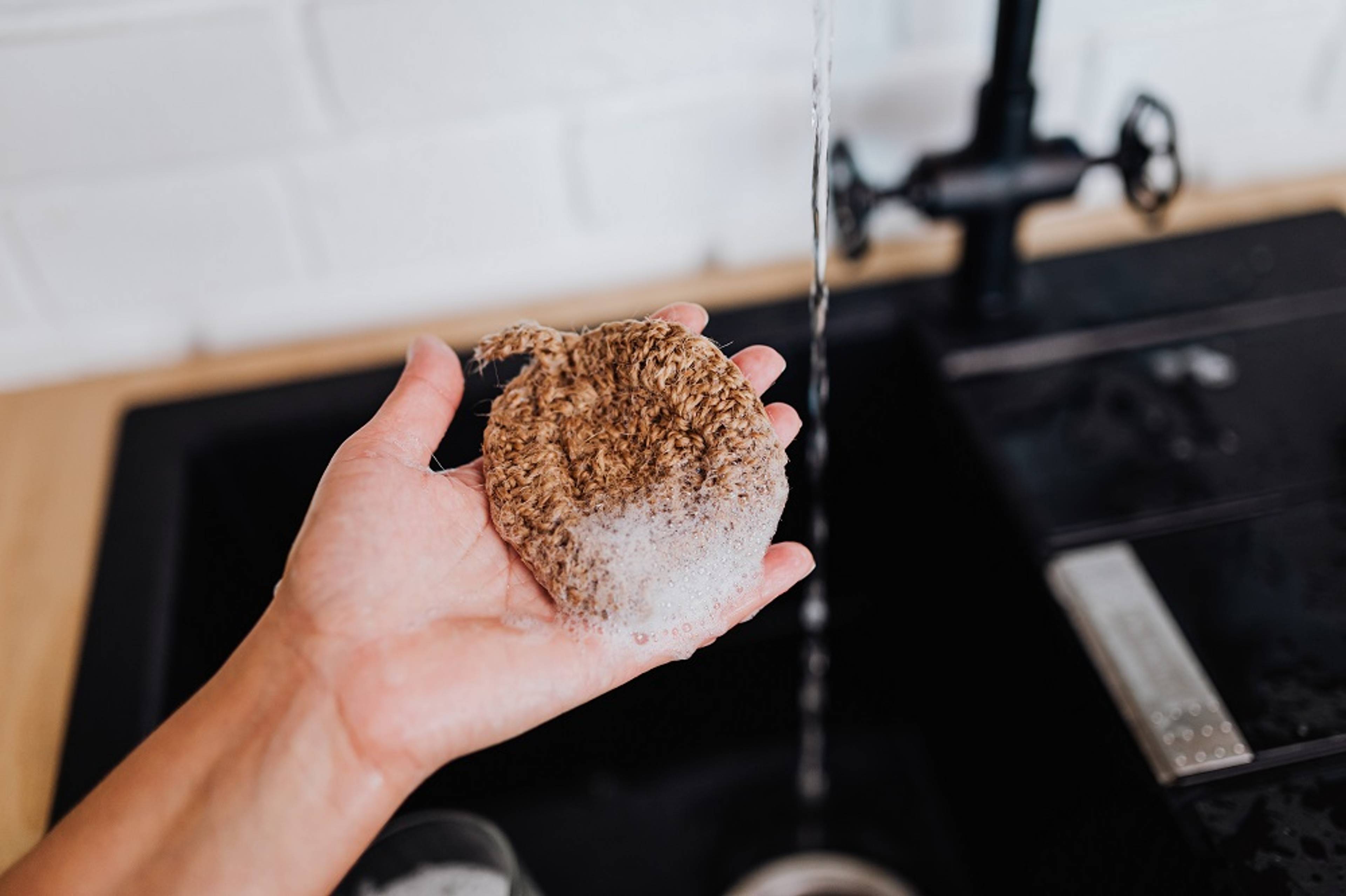How to Use a Cast-Iron Skillet
Cast-Iron Skillets 101
What is it about the humble cast-iron skillet that makes it indispensable to professional chefs and home cooks alike? This pan seems to hold a near-mythical place in the pantheon of serious kitchen tools, yet it has a reputation for being more than a little finicky when it comes to cleaning and maintenance. Plus, it’s heavy. So, what’s all the fuss about?

What Should You Cook in a Cast-Iron Skillet?

How to Season a Cast-Iron Skillet
When and How to Re-Season Your Pan
There might be times when you have to re-season your skillet: Maybe someone cooked a highly acidic sauce in it for hours, or stuck it in the dishwasher. Maybe they left it to soak overnight or put it away when it was still wt. eThese are cast-iron no-nos, but they’re not disasters. To re-season, follow the steps above for seasoning an unseasoned pan.
However, if the surface of the pan is rusty or flaking, it may require a more thorough seasoning. This can be accomplished by cleaning the pan with a nylon scrub brush or fine steel wool scrubber before moving on to the oil-and-oven steps above.
However, if the surface of the pan is rusty or flaking, it may require a more thorough seasoning. This can be accomplished by cleaning the pan with a nylon scrub brush or fine steel wool scrubber before moving on to the oil-and-oven steps above.

How to Clean Your Cast-Iron Skillet

Searing Steak in a Cast-Iron Skillet
The Basics
What You’ll Need
- Cast-iron skillet
- Tongs or a turner-type spatula
- Kitchen timer
- Spoon
- Meat thermometer
- Cutting board
Ingredients
- Steak
- Neutral oil, such as canola
- Coarse salt
- Freshly ground black pepper
- Pat of butter (optional)
- Sprig of rosemary or thyme (optional)
Steps:
- Bring steak to room temperature and pat it dry with a paper towel. Oil meat lightly and season with salt and pepper.
- Heat pan over medium-high heat until very hot but not smoking. Add steak, lower heat to medium-low, and cook without moving for 2 minutes.
- Flip steak, and top with butter if using. Set the timer for 2 minutes. When butter melts and surrounds the steak, throw in the herbs if using. Tilt the pan, collect the melted butter with a spoon, and baste the steak with it a few times.
- After 2 minutes, test steak for doneness by piercing it with a meat thermometer. It will be medium-rare at 130 F and medium at 140 F. (You may want to remove it when it’s 5 degrees below the desired temperature, because it will keep cooking after you take it off the heat.)
- Continue flipping and retesting every 2 minutes until the steak reaches the desired temperature.
- Remove steak to a cutting board and let rest for 5–10 minutes. Slice and serve.
